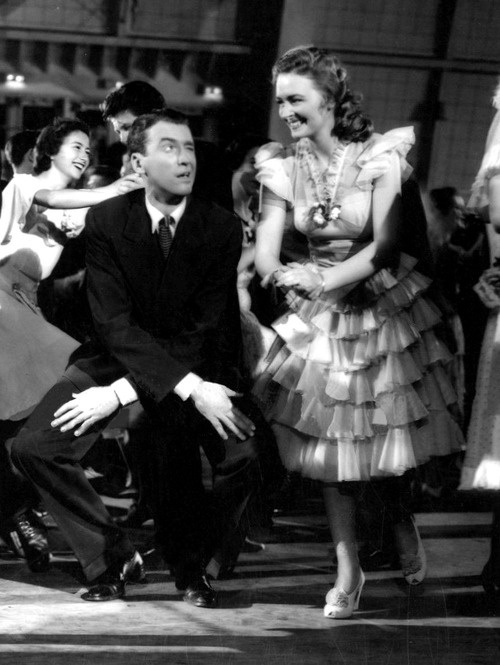Lana Ruvolo Grasser makes a compelling case for it in The Conversation (she focuses primarily on how it helps kids, but the benefits apply to pretty much everyone).
- Body movement in and of itself is known to have a multitude of benefits – including reducing perceived stress, lowering inflammation in the body and even promoting brain health. In fact, researchers understand that the majority of our daily communication is nonverbal, and traumatic memories are encoded, or stored, in nonverbal parts of the brain. We also know that stress and trauma live in the body. So it makes sense that, through guided practices, movement can be leveraged to tell stories, embody and release emotions and help people “move” forward.
- Dance and movement therapy sessions place an emphasis on fostering creativity and adaptability in order to help people develop greater cognitive flexibility, self-regulation and self-direction. This is especially important because research shows that early-life experiences and how children learn to cope with them can have a lasting impact on their health into adulthood.
- …..Our research and that of others are showing that dance and movement therapy can build up children’s sense of self-worth, improve their ability to regulate their emotions and reactions and empower them to overcome obstacles.
*****************************************************************************************************************************
Of course, dancing is a form of exercise, and we’ve heard a million times how effective exercise is at combatting depression and anxiety.
That being said, a lot of people hate dancing, including myself.
And maybe you hate it, too, and it’s not for you, but it could be for those around you, right?
Last night, we showed our kids Mary Poppins for the first time. You know that penguin dance? The kids went absolutely crazy doing it.
If you like dancing, there’s a certain joy to it that regular exercise can’t recreate. I hate dancing, but can see the joy it provokes in others. Do you smile or laugh on a treadmill?
And there’s another benefit.
Dancing seems especially effective at warding off, or delaying, Alzheimer’s.
- …..dancing produces challenges to the brain, including memory, coordination, attention, and cognition. Recalling dance movements has been shown to stimulate several areas of the brain. When neuron activity in the brain increases, it opens new pathways for thought and ideas.
- According to Harvard Medical School, PET imaging has revealed that dance activates “identified regions of the brain that contribute to dance learning and performance.”
- A study of 469 people over age 75 published in the New England Journal of Medicine indicated that “participation in leisure activities is associated with a reduced risk of dementia.” The study called for further evaluation but stated that “dancing was the only physical activity associated with a lower risk of dementia.”
*****************************************************************************************************************************
Makes sense, doesn’t it?
Dancing demands much more cognitive engagement than running in straight line.
Crucially, Bethesda Health also notes that it involves social engagement, which is important in fighting dementia. Running in a straight line, with your headphones, doesn’t involve social engagement.
My wife likes to dance, and I don’t.
But I can’t deny the mental and physical benefits, not to mention the fact that learning to dance would be an expression of love to her.
So maybe?
But probably not.
[Screen cap: You know the film. The beauty of It’s a Wonderful Life is that it was an incredibly dark, honest film for its time period. So much so that many actors refused to play George Bailey.
I mean, how many films in the 1940s had a lead attempting suicide?
And Stewart’s performance was incredibly real — possibly because he’d just returned from WW2 and reportedly suffered PTSD while filming.
And yes, of course, there’s the impossibly beautiful ending, but the reason why the whole film is (still) so underrated is that it moves effortlessly from comedy to darkness and back to a light that can only break after darkness.
A lot of movies do that these days (or try to), but it was fairly groundbreaking, at the time. It’s not easy to do dark and light, and especially hard to pull off deep cynicism and genuine redemption without feeling forced.
It’s not a “feel-good movie,” and it’s sad how crass it is that society has come to define it as that.
It’s more a feel-real movie. Of the highest order.]

